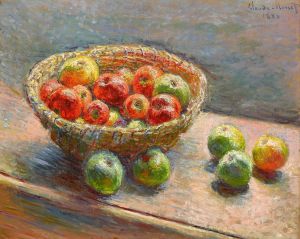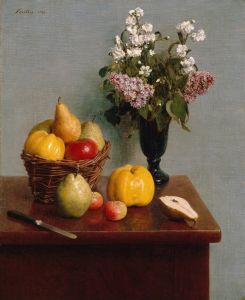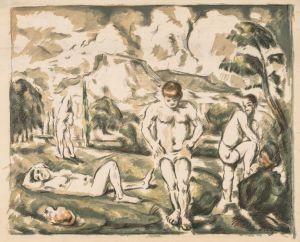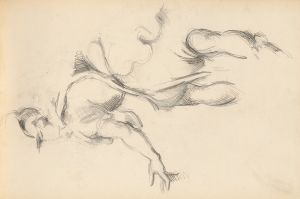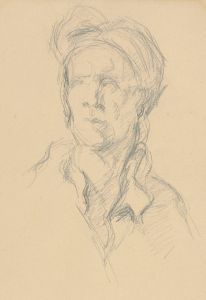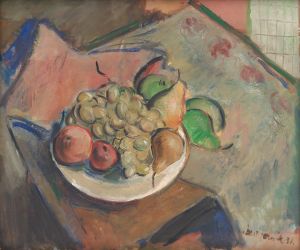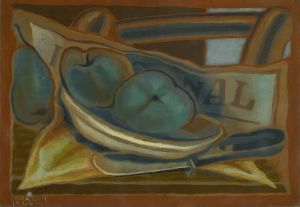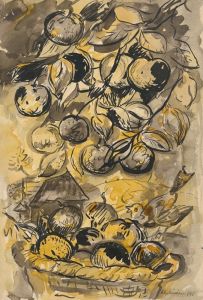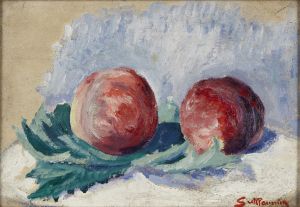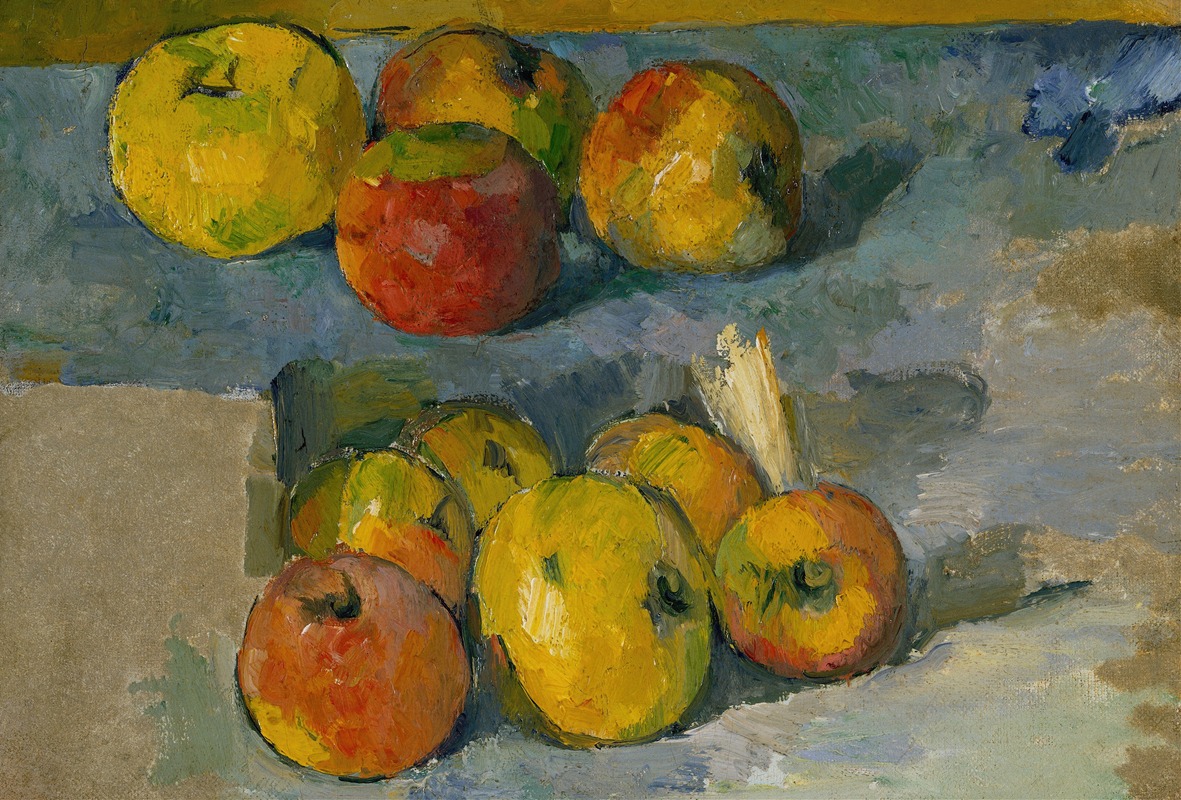
Apples
A hand-painted replica of Paul Cézanne’s masterpiece Apples, meticulously crafted by professional artists to capture the true essence of the original. Each piece is created with museum-quality canvas and rare mineral pigments, carefully painted by experienced artists with delicate brushstrokes and rich, layered colors to perfectly recreate the texture of the original artwork. Unlike machine-printed reproductions, this hand-painted version brings the painting to life, infused with the artist’s emotions and skill in every stroke. Whether for personal collection or home decoration, it instantly elevates the artistic atmosphere of any space.
Paul Cézanne, a pivotal figure in the transition from 19th-century Impressionism to 20th-century Cubism, is renowned for his distinctive approach to form and color. Among his numerous works, Cézanne's still life paintings, particularly those featuring apples, stand out as significant contributions to the art world. Although there isn't a specific painting titled "Apples" by Cézanne, his oeuvre includes many still lifes that prominently feature apples, reflecting his fascination with the subject.
Cézanne's still lifes, including those with apples, are celebrated for their exploration of perspective, color, and composition. He often depicted apples in various arrangements, using them as a means to experiment with the representation of three-dimensional objects on a two-dimensional canvas. His approach marked a departure from the traditional techniques of his predecessors, emphasizing the underlying structure of objects rather than their superficial appearance.
In his paintings of apples, Cézanne employed a technique characterized by the use of small brushstrokes that build up to form complex fields. This method allowed him to capture the essence of the apples, focusing on their volume and the play of light and shadow across their surfaces. His use of color was equally innovative, as he often juxtaposed warm and cool tones to create a sense of depth and solidity.
Cézanne's treatment of apples can be seen as a reflection of his broader artistic philosophy. He believed that all forms in nature could be reduced to geometric shapes, such as spheres, cones, and cylinders. This belief is evident in his still lifes, where the apples often appear as simple, rounded forms that convey a sense of mass and weight. By focusing on these fundamental shapes, Cézanne sought to capture the underlying order of the natural world.
The artist's still lifes were not merely studies of form and color; they also conveyed a sense of timelessness and tranquility. The apples, often depicted alongside other objects like bottles, bowls, and drapery, create a harmonious composition that invites viewers to contemplate the beauty of everyday objects. Cézanne's ability to transform ordinary subjects into profound works of art is a testament to his skill and vision.
Cézanne's influence on subsequent generations of artists cannot be overstated. His innovative approach to composition and color laid the groundwork for the development of modern art, particularly Cubism. Artists such as Pablo Picasso and Georges Braque drew inspiration from Cézanne's work, adopting his techniques to explore new ways of representing reality.
In summary, while there may not be a specific painting titled "Apples" by Paul Cézanne, his numerous still lifes featuring apples are a testament to his revolutionary approach to art. Through his exploration of form, color, and composition, Cézanne transformed the simple apple into a subject of profound artistic inquiry, leaving a lasting impact on the art world. His work continues to be celebrated for its innovation and its ability to capture the essence of the natural world in a way that resonates with viewers even today.





